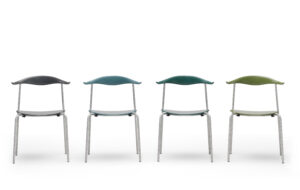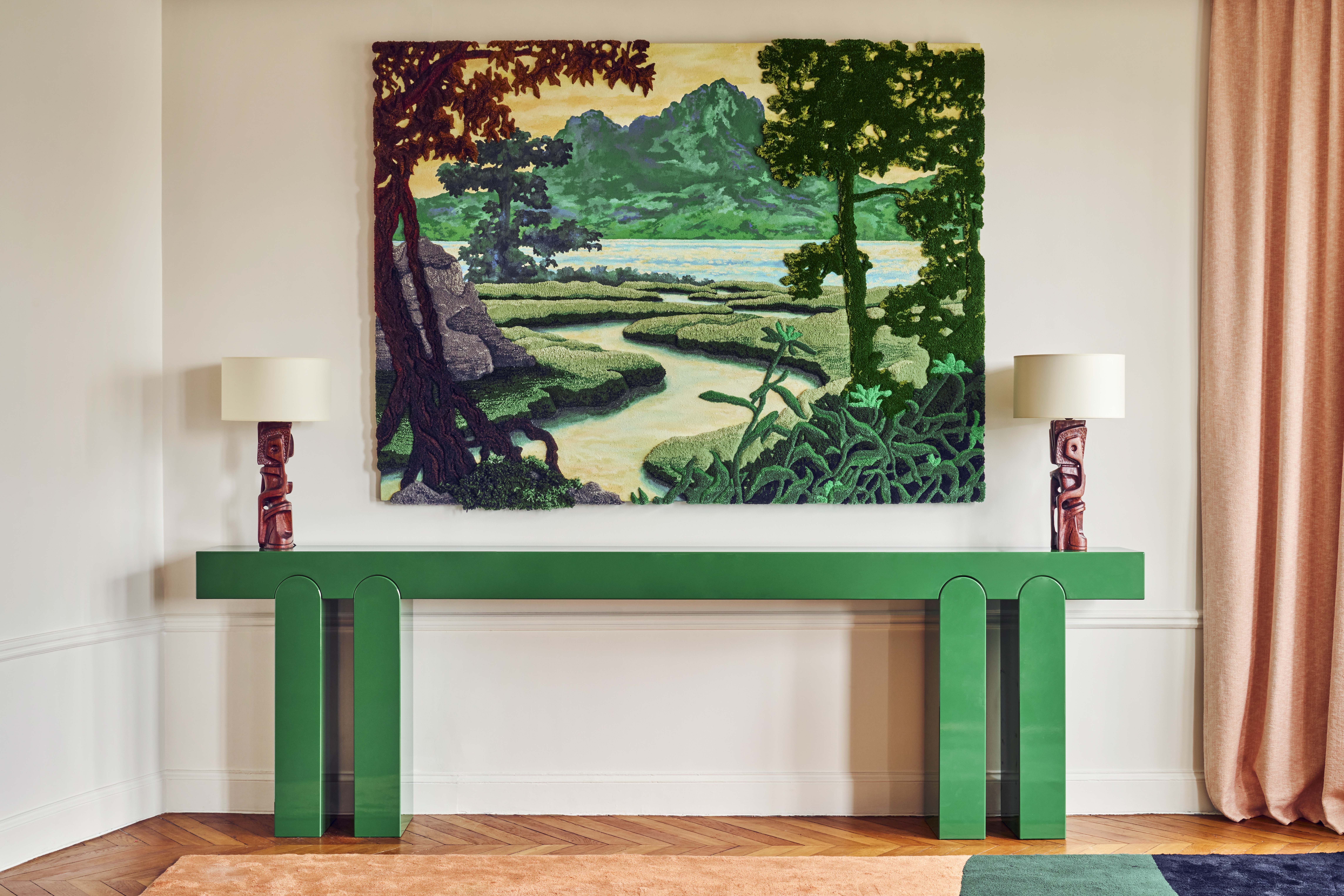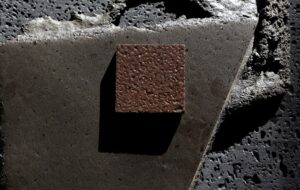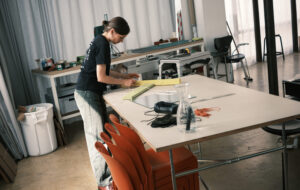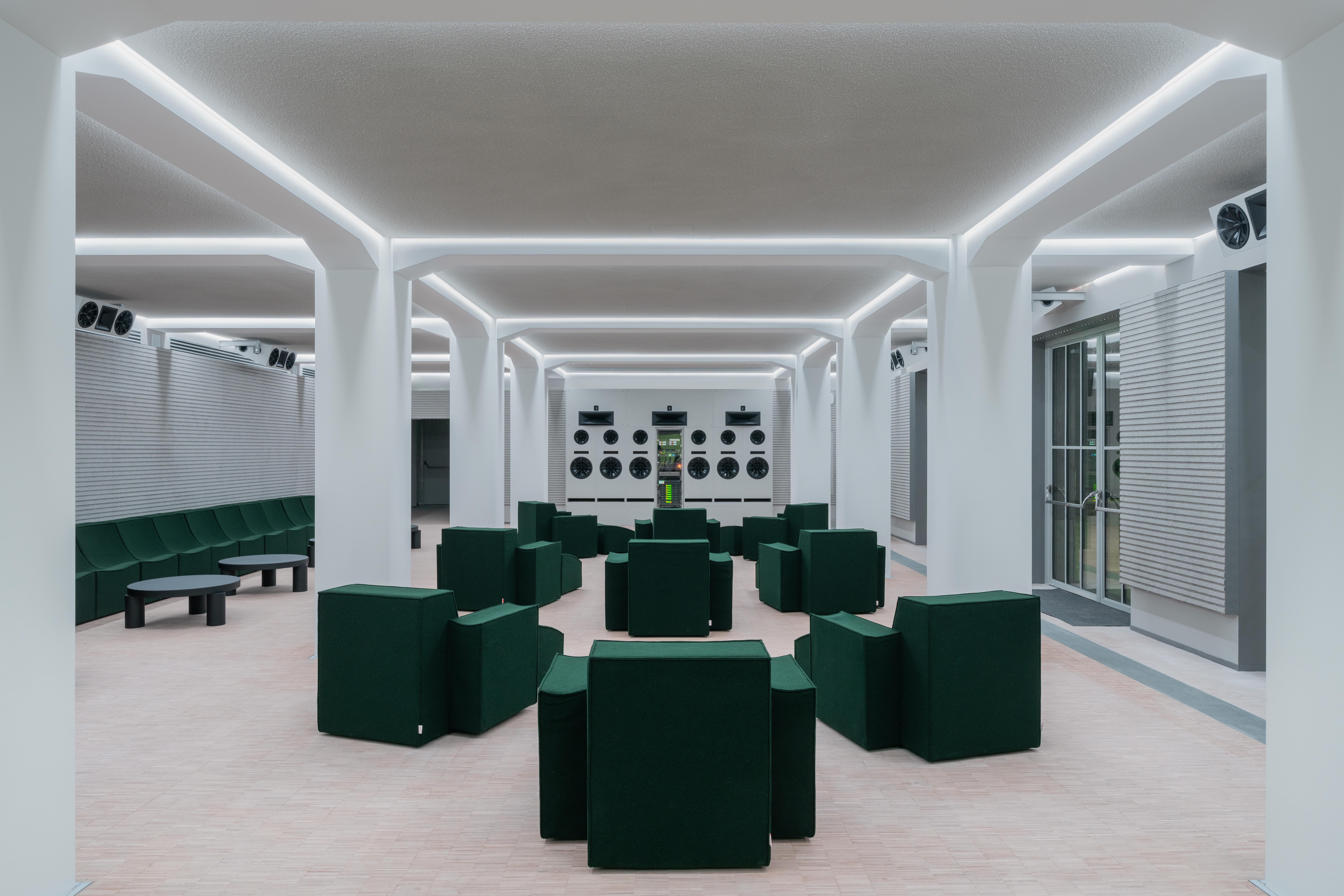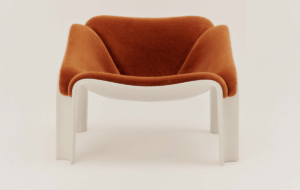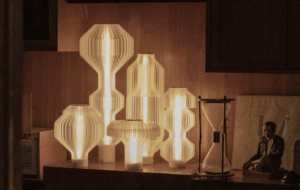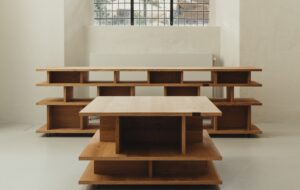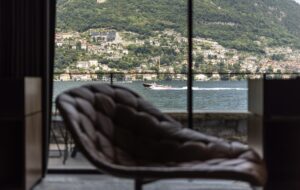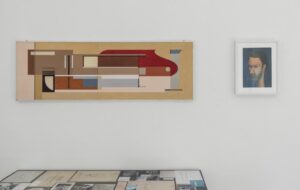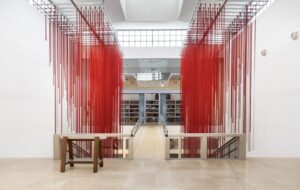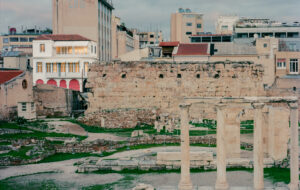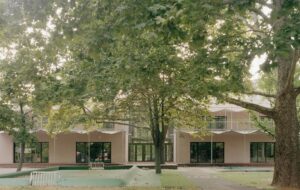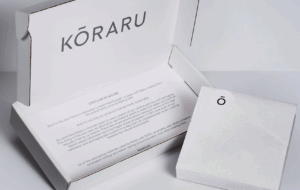
words Beatrice Galilee
A splice of rural village and urban penthouse, the Didden Village “roof city” is the latest housing innovation to come from Dutch architects MVRDV. The project comprises three individual pitched-roof houses and a courtyard for chickens and trees, perched on top of a roof in the centre of Rotterdam.
The Didden family, who live in the UNESCO-protected neighbourhood of Middleland (which, as a historical conservation area, has strict building guidelines), approached the practice wanting more space for its young family. MVRDV principal Winy Maas says his solution was simple – go up. The new buildings occupy a roof sized just 12 x 12m.
“We tried to do a prototype extension to show how people could live in a roof city. Until now, you weren’t allowed to build in this area,” says Maas.
The extension, with its distinctive blue colour painted in polyurethane rubber, has attracted a great deal of attention in Rotterdam as it proposes a workable solution to new housing in the heritage city centre. Maas finds the high level of interest slightly ironic. “It’s the smallest project we have done, and the first in our home town, but one that may be our most important,” he says.
The relationship between the small, low houses – effectively individual rooms – gives a village feel, and each member of the family has their own front door. “We tried to fuel the rural desire of the middle classes,” says Maas.
It’s not just in the Netherlands that Maas sees the project developing, but also in places such as Tokyo, with its urban density problems, or Madrid, where extended family housing is commonplace.
“It contains a kind of modernity because the family live apart but together,” explains Maas. “It’s a little like China, where the grandmother lives in the same house as the mistress – it’s where modernity shakes hands with Asian tradition.”

